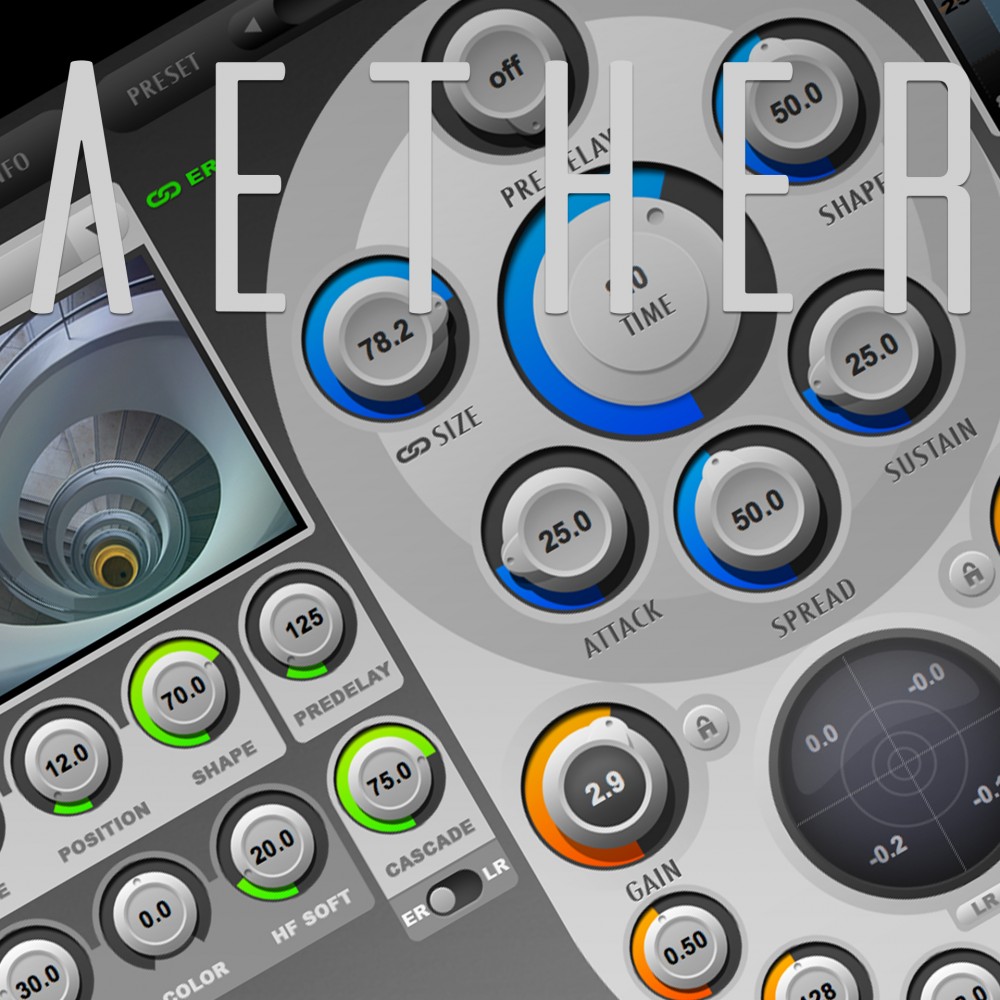
A convolution reverb, on the other hand, begins with an impulse response (IR)-an audio sample of how an actual acoustic space responds to a fast-transient sound. Algorithmic reverbs harness a computer’s digital signal-processing (DSP) capabilities to mathematically simulate the sound of rooms, halls, cathedrals and stadiums. Whether software plug-ins or dedicated rackmount devices, digital reverbs come in two flavors: algorithmic and convolution. That’s one reason you’ll usually want to insert a reverb plug-in on an aux bus that’s shared by numerous tracks, rather than inserting a separate plug-in on each track, which could overload your CPU if you add too many.

Unfortunately, the number crunching needed to digitally generate lifelike reverb is a reasonably heavy load for even the latest, fastest computers. You can also use it for effects that other audio processors would be hard-pressed to duplicate, making it an indispensible tool for sound design. In music production, reverb is most often applied to a track or a mix to create a sense of space.


 0 kommentar(er)
0 kommentar(er)
